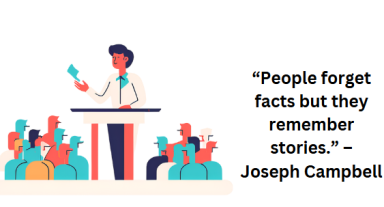
Learn on the Go Blog:
Minority voice in MAJORITY SPACES
People from minoritised groups - PMGs (people who’s gender, ethnic background, disabilities and long-term health conditions mean they are in the minority in a social setting compared to their dominant counterparts) are often over-looked, categorised as only having that ‘lens’ or seen as playing the [insert minoritised identity] card when sharing an opinion or viewpoint.
It's important that PMGs understand how to establish or reclaim their presence in certain spaces where obstacles are thrown up either by design (structural inequity) or by choice (perpetrated accidentally or intentionally). The way to do this is to understand your leadership voice which allows you to speak from a place of conviction but one that is positively disruptive.
Positively disruptive?
Isn’t this impossible if you can't be 'too firm' or 'too pedantic' you'll be seen as the 'Angry Black Woman' or only too stuck on idea because 'they're autistic'?
Here are our 5 points to establish your voice in spaces where you aren’t in the majority:
1) What is your Leadership Voice?
Identifying your leadership voice is a first step to future proofing your career as well as being heard. We have all worked in teams where everyone talked and no one was heard. Gender inequalities are particularly common in the area of muted leadership voices.
First step speak on the out-breath not the in-breath, the balance of power in the room can lay with the individual who believes in themselves and is confident about sharing their thoughts, but they also always speak on the out-breath.
Pay attention to body your language. We look and feel more alert if we are sitting up straight, when you first go into the room move to the front. You are in that room so you can share your voice not to hide your talents under a guise of humility.
The loudest person in the room is not the most intelligent we all know that, but sometimes people forget!
2) Understand your subject matter
- Be able to succinctly identify or describe key issues related to your work/topic of discussion - this could be having a grasp on the latest statistics.
- Think through how you can mitigate these and build on opportunities to improve or strengthen interventions or current best practice
3) Establish a firm line and present options
- Establish reasonable expectations about what your suggested interventions might achieve given the time or resources available and contextual opportunities or limitations.
- Although everyone wishes for a speedy solution at the lowest cost as well as manageable risks, that may not be possible.
- Acknowledge desired outcomes, outline next steps and decisions to be made.
4) Zoom out and use objective insights but leverage your unique lens
- Though they support your viewpoint and validate your experience, facts and figures won’t always provide the nuance of your lived experience. Use storytelling to bring to life some of the key issues for your group
- If the audience are missing key points of the argument as it is not their lived experience, use data and evidence to construct some interesting stories, while sharing your direct experience.
- Chip and Dan Heath in their book ‘Made to Stick’ identify the concept of sticky stories, that spark immediate attention and are remembered long after they are shared.
©Copyright. All rights reserved.
We need your consent to load the translations
We use a third-party service to translate the website content that may collect data about your activity. Please review the details in the privacy policy and accept the service to view the translations.
